News
-
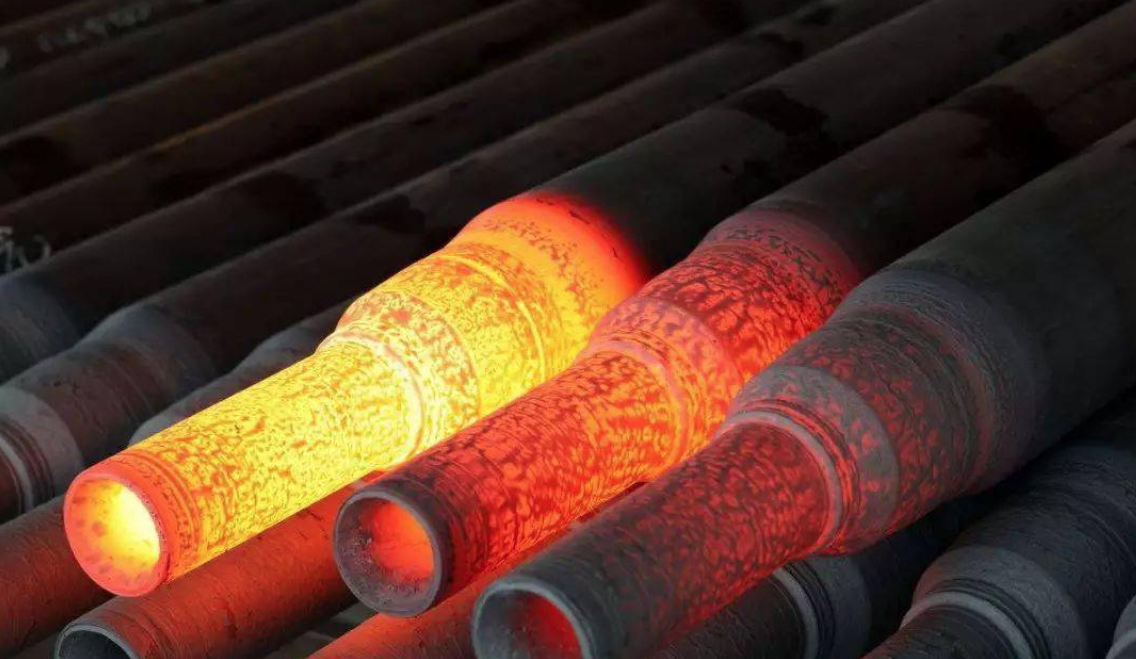
When quenched workpiece has not cooled to room temperature and cannot be tempered?
Quenching is an important method in metal heat treatment, which changes the physical and mechanical properties of materials through rapid cooling. During the quenching process, the workpiece undergoes stages such as high-temperature heating, insulation, and rapid cooling. When the workpiece is ra...Read more -
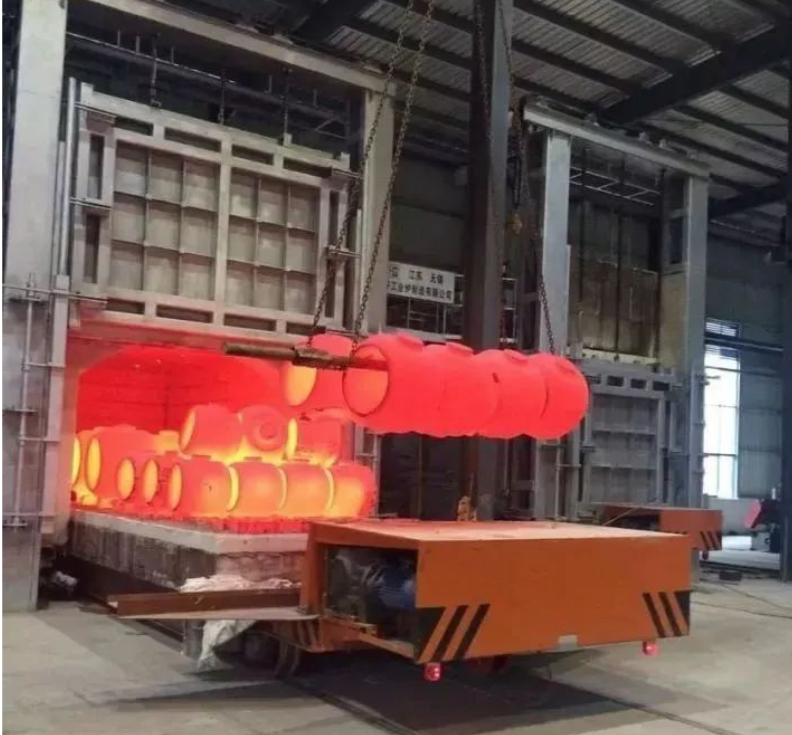
Why cannot the hardness requirements specified in the material manual be achieved?
The following reasons may result in the inability to meet the hardness requirements specified in the material manual after heat treatment: Process parameter issue: Heat treatment is a complex process that requires strict control of process parameters such as temperature, time, and cooling ...Read more -
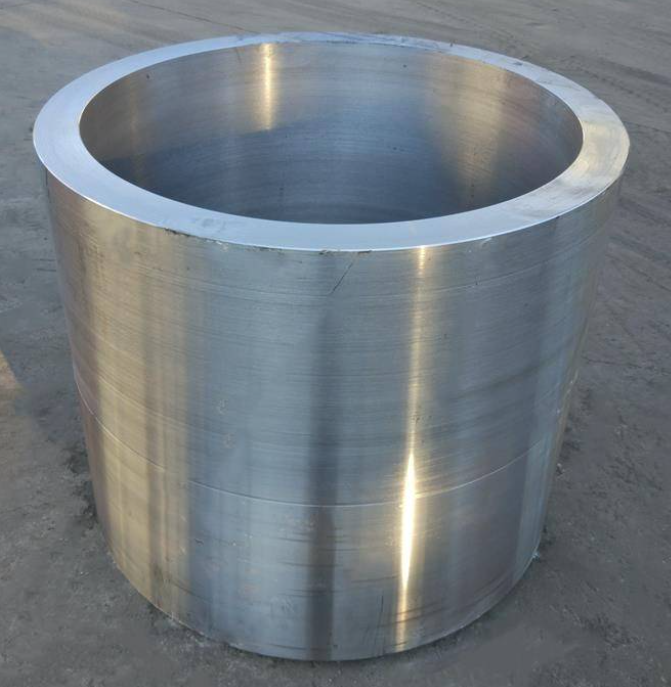
How many more heat treatments can be performed after the heat treatment performance of the forging is unqualified?
Heat treatment is a process of improving the properties and structure of metal materials through heating and cooling. Heat treatment is an indispensable step in the production process of forgings. However, sometimes due to various reasons, the heat treatment results of forgings may not meet the r...Read more -
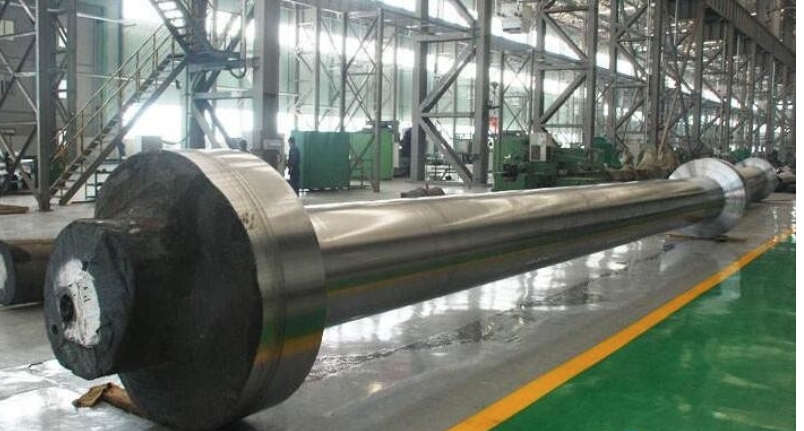
Steel Forgings for Ship
Material of this forged part: 14CrNi3MoV (921D), suitable for steel forgings with a thickness not exceeding 130mm used in ships. Manufacturing process: The forged steel should be smelted using electric furnace and electric slag remelting method, or other methods approved by the demand side. The s...Read more -

FORGING Magnetic Particle Testing (MT)
Principle: After ferromagnetic materials and workpieces are magnetized, due to the presence of discontinuities, the magnetic field lines on the surface and near the surface of the workpieces undergo local distortion, resulting in leakage magnetic fields. Magnetic particles applied to the surface ...Read more -
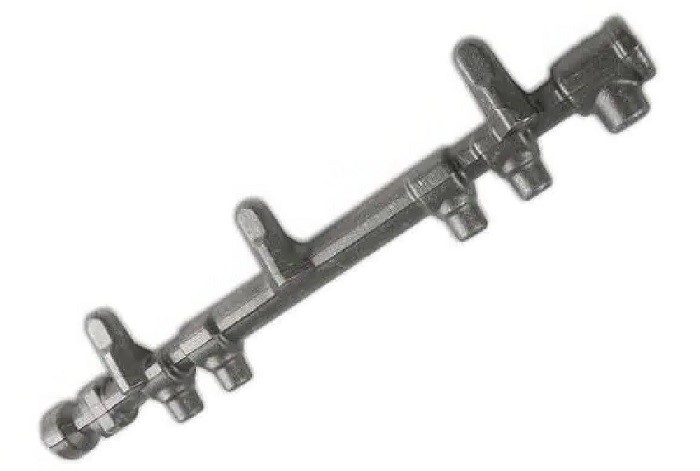
Forgings of Nozzle Holder Body for Common Rail System
1. Process Specifications 1.1 It is recommended to use vertical closed-die forging process to ensure a streamlined distribution along the outer shape of the forged part. 1.2 The general process flow includes material cutting, weight distribution, shot blasting, pre-lubrication, heating, forging, ...Read more -
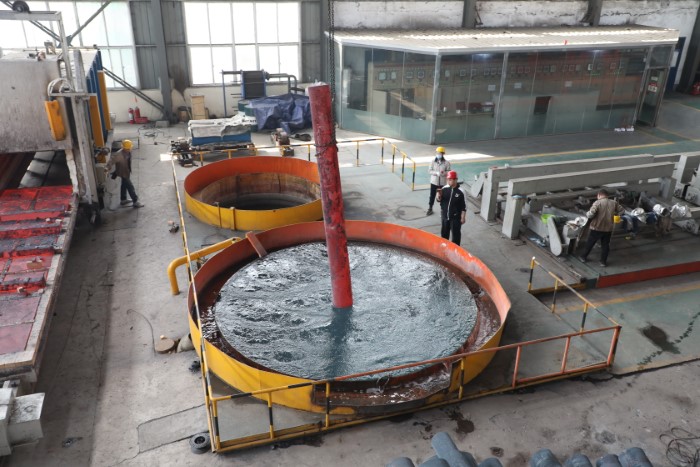
How to choose quenching medium for forgings heat treatment?
Choosing a suitable quenching medium is an important step in the heat treatment process of forgings. The selection of quenching medium depends on the following factors: Material type: The selection of quenching medium varies for different materials. Generally speaking, carbon steel can use...Read more -
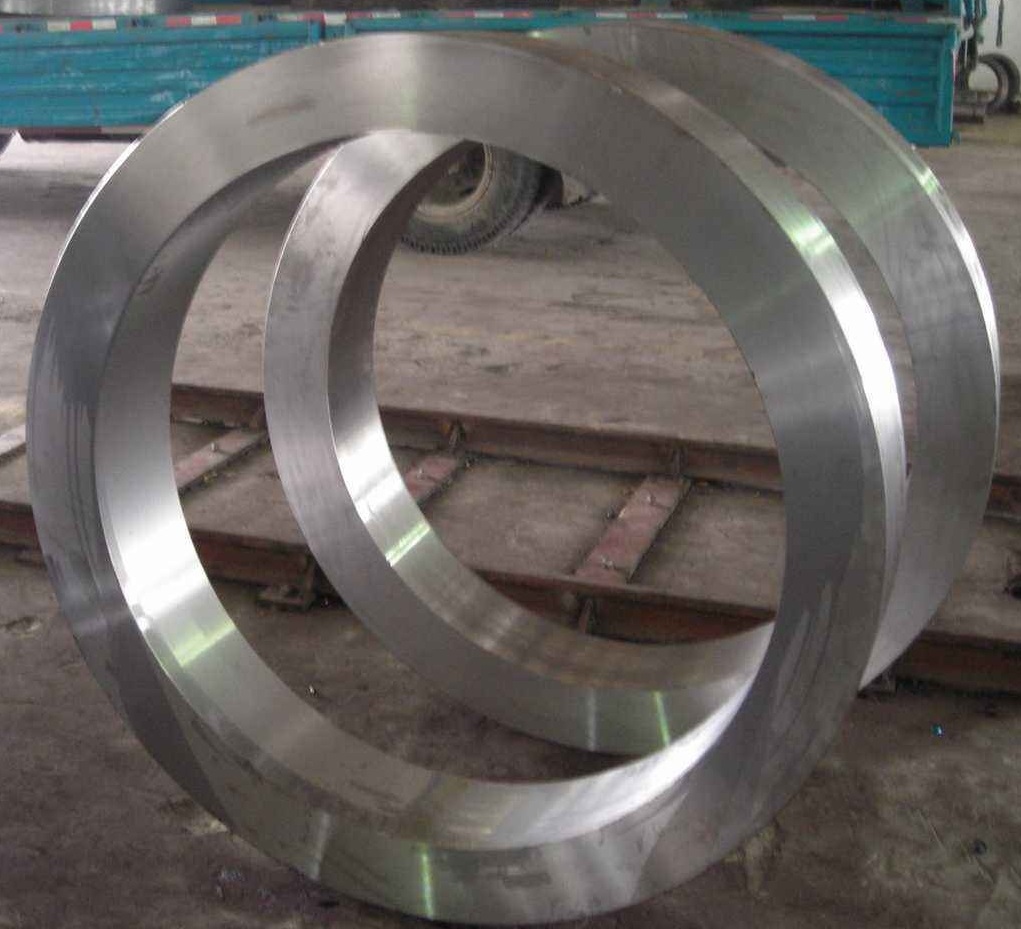
The Magnetic Ring Forgings for Turbine Generators
This forging ring includes forgings such as the central ring, fan ring, small seal ring, and water tank compression ring of the power station turbine generator, but is not suitable for non-magnetic ring forgings. Manufacturing process: 1 Smelting 1.1. The steel used for forgings sho...Read more -
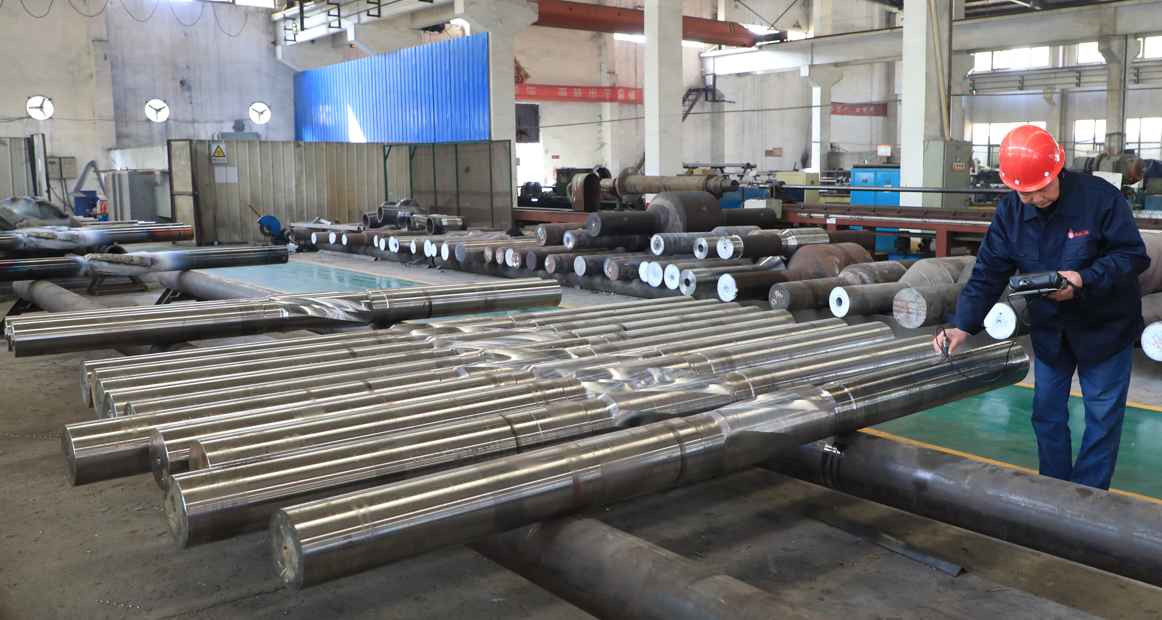
What is ultrasonic testing?
Ultrasonic testing utilizes the numerous characteristics of ultrasound to determine whether there are defects inside the tested material or workpiece by observing the propagation changes of ultrasound in the tested material or workpiece displayed on the ultrasonic testing instrument. The ...Read more -
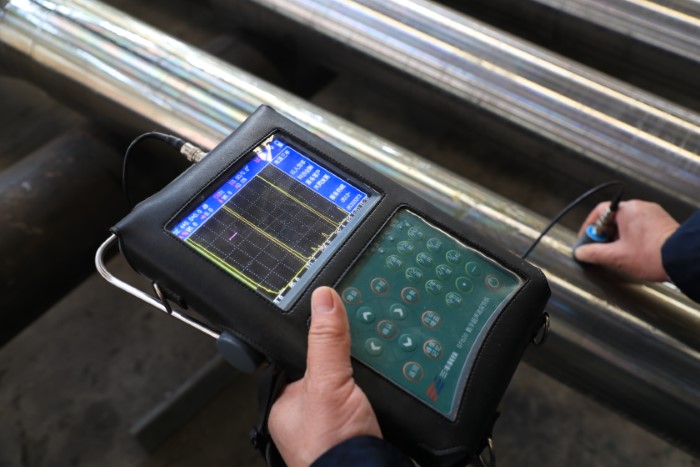
What are the non-destructive testing methods suitable for large forgings
Ultrasonic Testing (UT): Using the principles of ultrasonic propagation and reflection in materials to detect defects. Advantages: It can detect internal defects in forgings, such as pores, inclusions, cracks, etc; Having high detection sensitivity and positioning accuracy; The entire forging can...Read more -
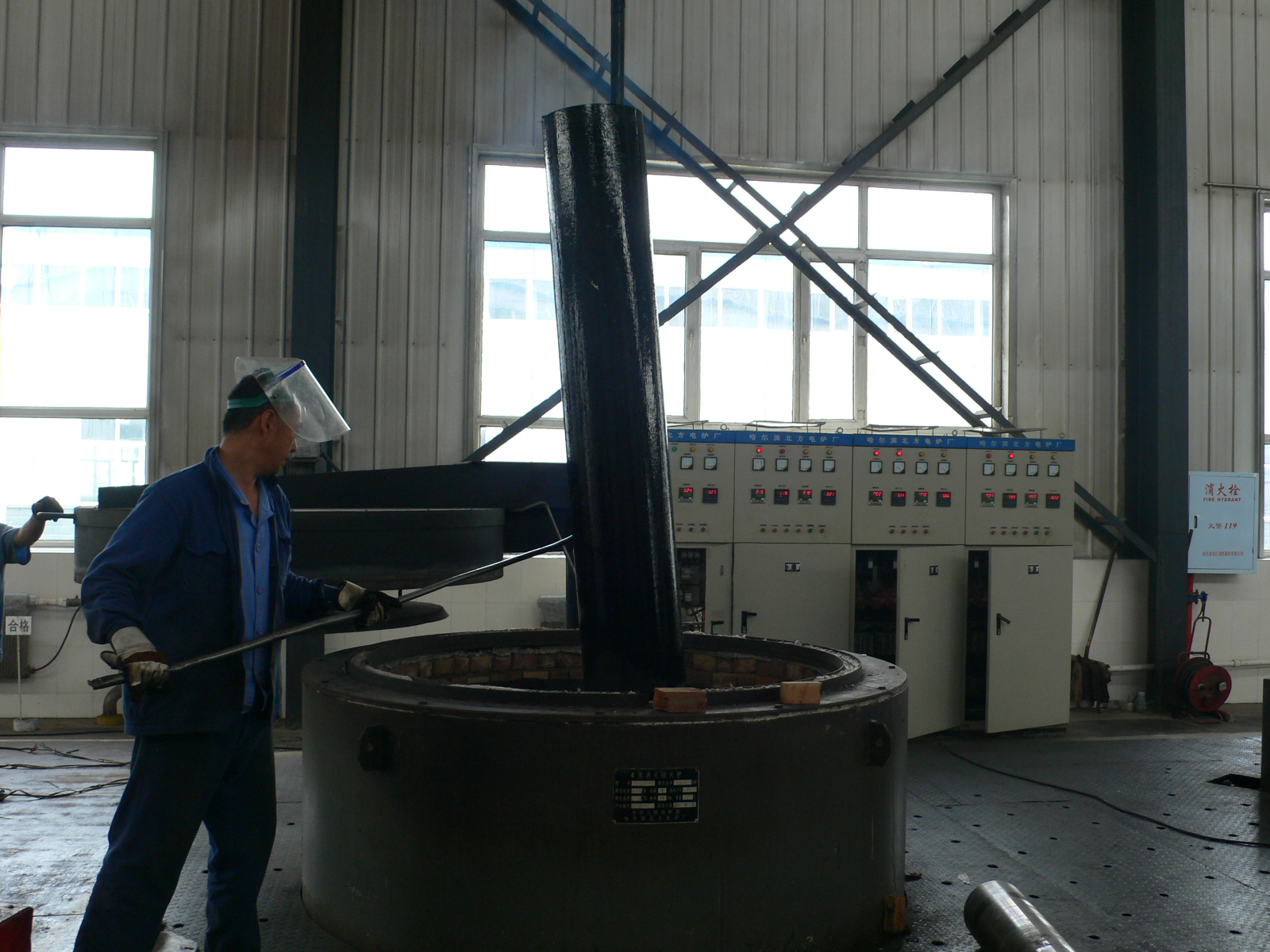
Tempering of steel forging parts
Tempering is a heat treatment process in which the workpiece is quenched and heated to a temperature below Ac1 (the starting temperature for pearlite to austenite transformation during heating), held for a certain period of time, and then cooled to room temperature. Tempering is generally followe...Read more -
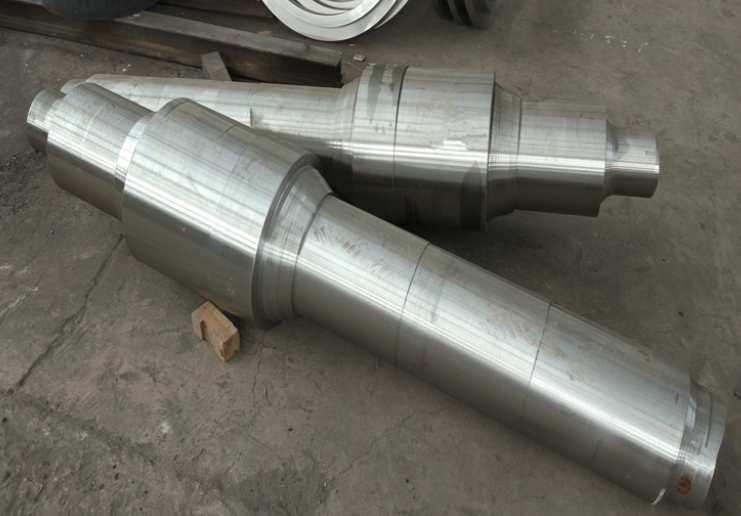
What are the advantages of making forgings with 4145H
4145H is a structured steel mainly used for the manufacturing and use of oil well drilling tools. The steel is processed in an arc furnace and processed through soft refining technology. In addition, oil drills are often used to improve the performance of drill bits. When using 4145H steel in dir...Read more




